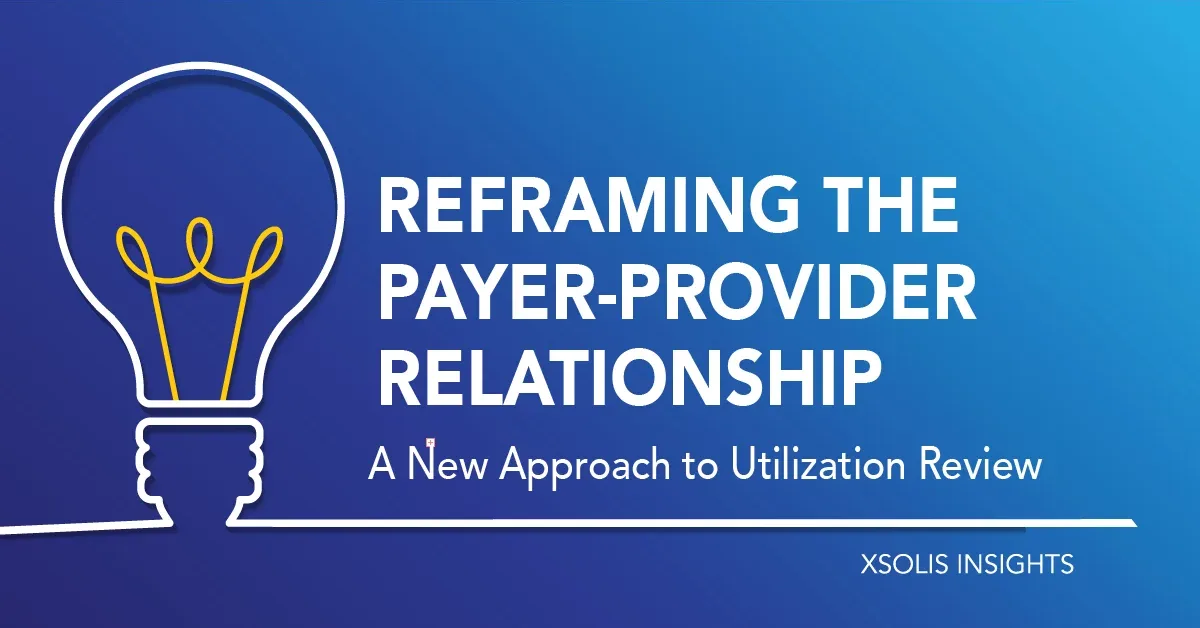It’s safe to say that the provider and payer relationship can be contentious at times, often due to the subjectivity involved in the utilization review (UR) process. But what if it was possible for payers and providers to work hand-in-hand to reduce unnecessary administrative burdens and streamline utilization review, while also maintaining their commitment to high-quality patient care? That was the journey recently taken by Covenant Health and Humana—with help along the way from Xsolis.
In 2017, Knoxville, Tennessee-based Covenant Health began exploring how to use the Xsolis CORTEX platform, now known as Dragonfly, to improve communication, eliminate paper processes, and decrease the administrative load for both its team and payers. The following year, the health system teamed up with Louisville, Kentucky-based Humana to transform their process and partnership.
Together, Covenant Health and Humana use Dragonfly as a shared framework for utilization review, applying real-time analytics to the review process and helping UR nurses at both payer and provider make determinations to ensure an accurate patient status. Each day, Humana nurses log in to Cortex to review cases of members escalated to them by Covenant Health staff also working from Cortex. This concurrent process reduces the friction of faxes, phone tag or EMR-diving.
“We’ve been able to streamline our workflow, save time in our process and improve the ability to communicate medical necessity,” Sherri Ernst, corporate manager of revenue integrity at Covenant Health, told attendees of the XCHANGE 2019 conference held in Nashville.
In 2019, Mobile, Alabama-based Springhill Medical Center followed Covenant Health’s lead, partnering with Humana to adopt precision utilization management at the 263-bed hospital.
“We use Cortex [Dragonfly] to review all of our cases for Humana,” explained Michelle Allen, director of case management at Springhill Medical Center. “All of our communication with Humana takes place within the Cortex platform. There’s no concern about forgetting to document important information or tracking down papers while on a phone call. Everything is automated and efficient.”
The new process has allowed UR nurses to streamline workflow, save time on each review and improve the ability to communicate medical necessity to payers—resulting in a more positive provider-payer relationship, fewer medical necessity denials and a more patient-centered UR process.
“The days of having horrible relationships between payers and providers has got to end,” Kerri Warkins, health services director for Humana’s MidSouth Region, told the XCHANGE 2019 crowd. “Streamlining this process with Cortex [Dragonfly] has helped us communicate better and made my team more efficient.”
Three Key Takeaways
- Challenge the status quo. Always be willing to ask, “What if?” That’s the question Sherri Ernst asked when she started thinking about a positive provider-payer relationship—what if it was really possible?
- Get your regional payer reps on board. Find out who your payer’s regional health services directors are, Warkins advises, and bring Xsolis in to discuss how the partnership can lessen the administrative burden on their end as well.
- Obtain buy-in internally. Any time you can standardize or automate a process, it’s a win. That’s how Allen talked about the partnership with Humana to her hospital leadership. “I explained how we were going to look at the same data points and have the same review process, and that it would help us become more efficient,” Allen said. “Our leadership saw extreme value in that.”
